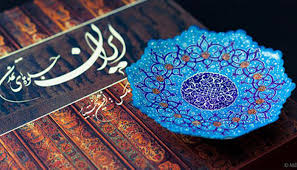The identity of any country can be found in the culture and history of that ancient civilization, and this identity tells a part of an ancient story of the connections between the art and civilization of the people of that region. Iran, having a rich and deep civilization, It is considered one of the founders of cultural and historical civilization among all the countries of the world. This manifestation of Iranian civilization can be seen in the art left by Iranian ancestors in historical works such as tombs, mosques, palaces and many others of this category. of the works found, but in these historical works, works of art play the main role.
Artworks have played their role in conveying their mission by using them in various structures of society, as a part of Iran's cultural identity by creating different local and national layers in cultural works from the past to the present day.
But among the works of art, despite the existence of different cultures throughout Iran, we see different works, one of the most luxurious of these works is the art of handicrafts, which brings a manifestation of ethnic and national culture to the fore.
In this article, we are going to get to know a selection of the best Iranian handicrafts that are world famous.
What are handicrafts?

In general, handicrafts can be considered "using the art of people's hands by means of basic tools and local materials, which produce an artistic industry".
There are countless differences between handicrafts and today's products. These handicrafts are not only different from other products in terms of the production process, but also inspire a different attitude to those who are interested in this art. But the difference between these industries and today's products is not limited to the production process. and other things such as the culture specific to that art and the way of thinking and the cultural history of that region in which these handicrafts are produced also reflect so that the art of handicrafts is not a commodity, but an exchange. They consider it a national and cultural value.
Great researchers and writers such as Tyler in the 17th and 18th centuries AD introduce art as a combination of the complexities of tradition and culture of a society, taking into account that Iran, with its rich culture and very deep history, has been one of the pioneers of the spread of this industry since the past centuries. It has been until today, so that handicraft art has been registered in 3000 different types of art in the country.
Craft features:
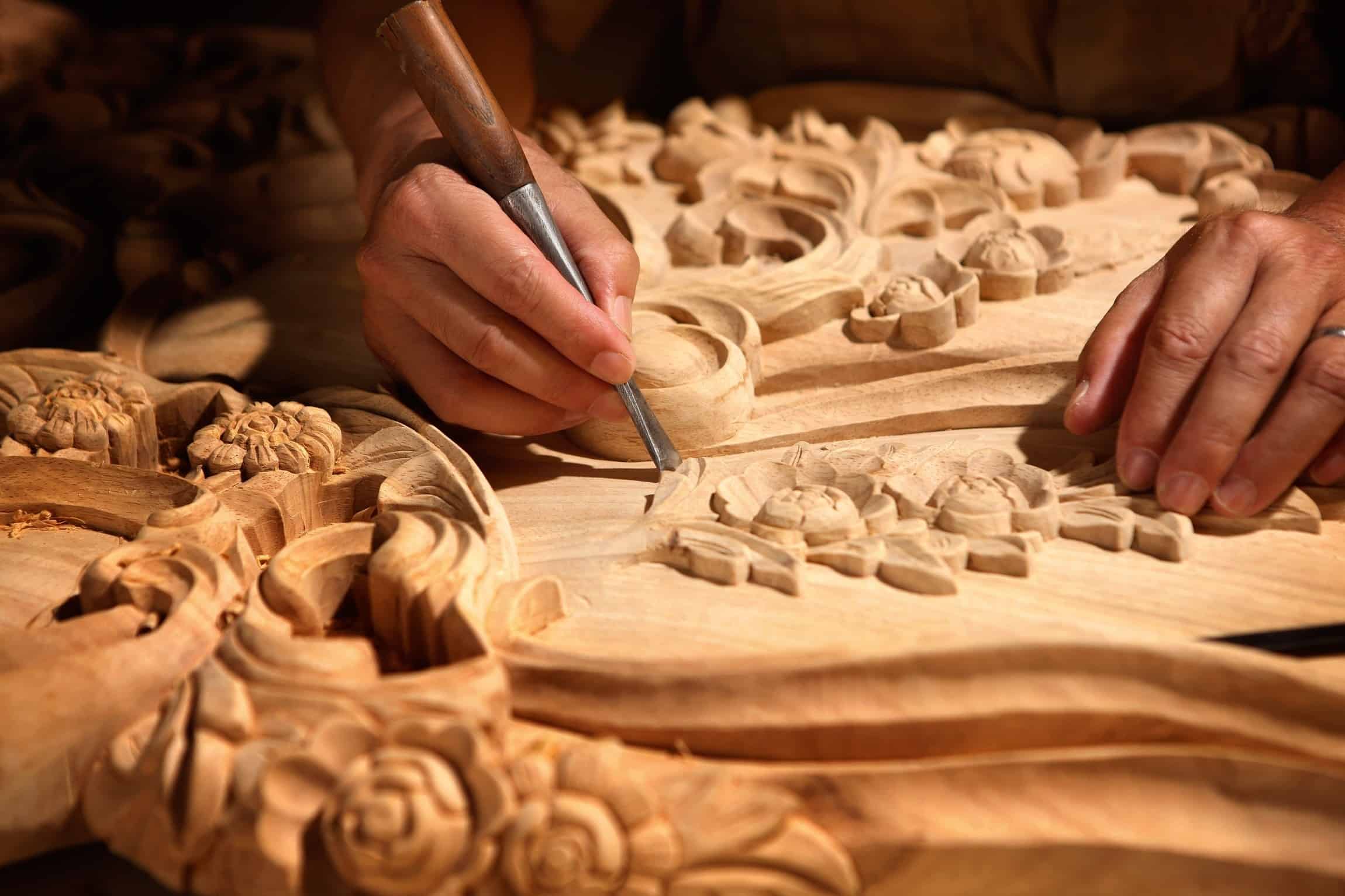
Every art must have the characteristics that we intend to list the characteristics of an art in handicrafts according to the framework specified by the World Registration Organization and other common factors.
Carrying out part of the basic production steps by hand, tools and hand tools.
For the production of each of the handmade products, it goes through several steps, but it is not mandatory to do all these steps by hand and tools.
If only a part of the basic steps of production is done in this way, the produced product can be considered a product in the category of arts and crafts according to the mentioned features if it has these factors.
The effective and creative presence of man in the production and shaping of the designed art, and the possibility of creating diversity and implementing different designs in the stage of making various artistic products.
Creation or productivity of local raw materials
Applying cultural principles and creating native and national cultural images
Affordable compared to other products
The ability to create platforms for production expansion in similar local areas
The ability to transfer the production process through the family or the cultural transfer principles of that region, such as apprentice and master
Category of arts and crafts:
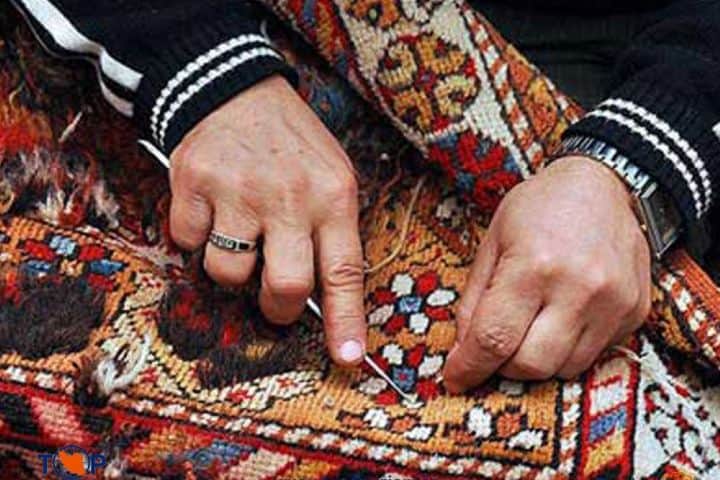
In handicrafts, according to the different dimensions and types of these handicrafts, from the point of view of the World Registration Organization, they are placed in different rows, which are as follows.
Making other handmade products
Making jewelry
Making other handmade products
Making beautiful and artistic objects
Enamels
Marquetry
Sealing
Manufacture of metal products and alloys
Mat weaving
Hand weaving
Inlay and carving on wood
Joinery on wood
wood turning
Engraving and turning for stone
Engraving on metals and alloys
tiling
Production of skin and leather products
glazier
Pottery and ceramics
felt money
Kari tapestry
Traditional prints
Textile coating
Production of skin and leather products
The best handicrafts of the country:
Now that we have become familiar with handicrafts, we must find out that, among the huge number of handicrafts, some of these industries have received special attention from Iranian and international audiences and enthusiasts, which we will discuss in the rest of the text.
1. Handwoven carpets:
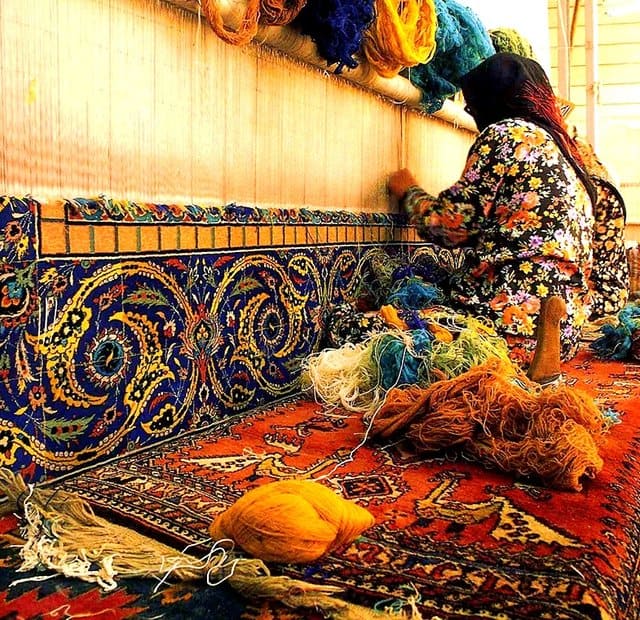
The cultural symbol of the country in handicrafts can be measured with different indicators, but usually a product will represent this cultural and artistic foundation in the world.
Hand-woven carpets and rugs are a symbol that has been a symbol of Iran and Iranians since ancient times, and this popularity has been accepted internationally by accepting Iranian carpets as the most beautiful and highest quality in this field of handicrafts.
Iranian hand-woven carpets with a unique design and relying on the tradition of decorative and sometimes ethnic and national designs reached the peak of their prosperity in the 17th century, and this has led to the creation of Iranian hand-woven carpets such as Galim, Zilo, rugs and carpets. among the most popular handicraft works in the world.
2. Copper and glass containers:
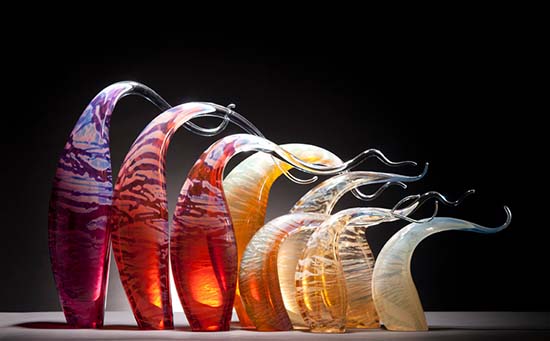
Among the oldest technologies of Iranians, we can mention the technology of producing copper and glass containers and shaping them in the past centuries with a special design.
Not only in Iran but also in the world, glass making is one of the most basic and advanced technologies made by mankind, Iranians were among the pioneers of this science, and the works of this glass on a global scale have also been registered in the name of Iranians.
But the heyday of this industry, after many ups and downs, can be explored in the Seljuk period.
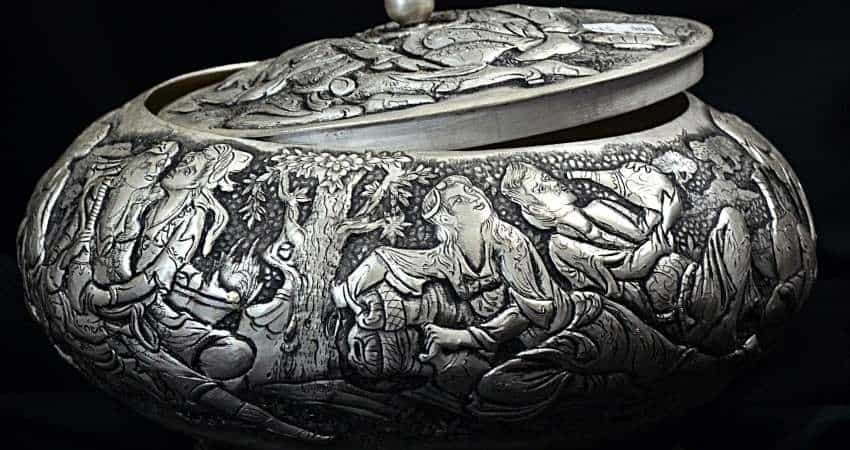
In this period, Iranians turned this industry into a high technology by creating technology for shaping and creating reliefs on glass.
It is also possible to consider the first metalworkers and especially coppersmiths as Iranians, who told the technologists of this field of coppersmithing that, due to its many capabilities such as disinfecting food, the ability to withstand high heat and having beautiful shapes, this art quickly spread in different countries of the world.
These copper vessels, having different pillars and features from medicine to art, have now become very popular handicrafts, and Iran has a significant contribution in this industry.
3. Ceramics and pottery:
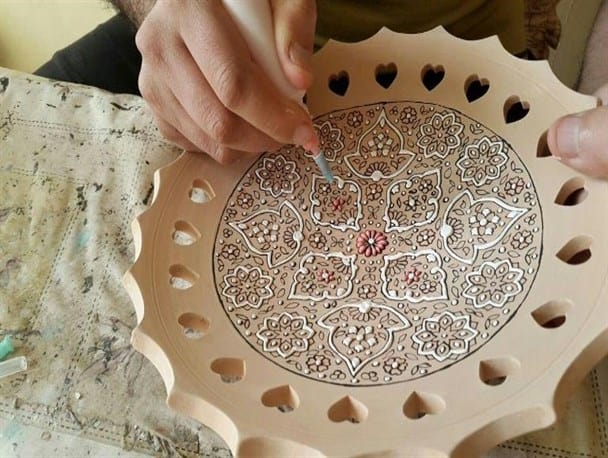
Pottery and ceramics are among the oldest design arts in Iran, and their use in various historical and cultural monuments, as well as the role of this industry in making decorative and practical tools, has made this industry popular all over the world, and Iran has a significant share in this market. is assigned to itself.
The science of pottery and pottery has been created by making clay vessels, among which we can mention clay bowls and jars that have been used since the past ages.
This science with an age of 10,000 years is one of the potentially ancient advanced industries, and the oldest of these pottery workshops in the world is located in Shush.
Also, tile work that is done using ceramics and tiles, which is used with a very precise design and color scheme, and has now adorned many of our historical symbols.
4. Immortal and enamel arts:
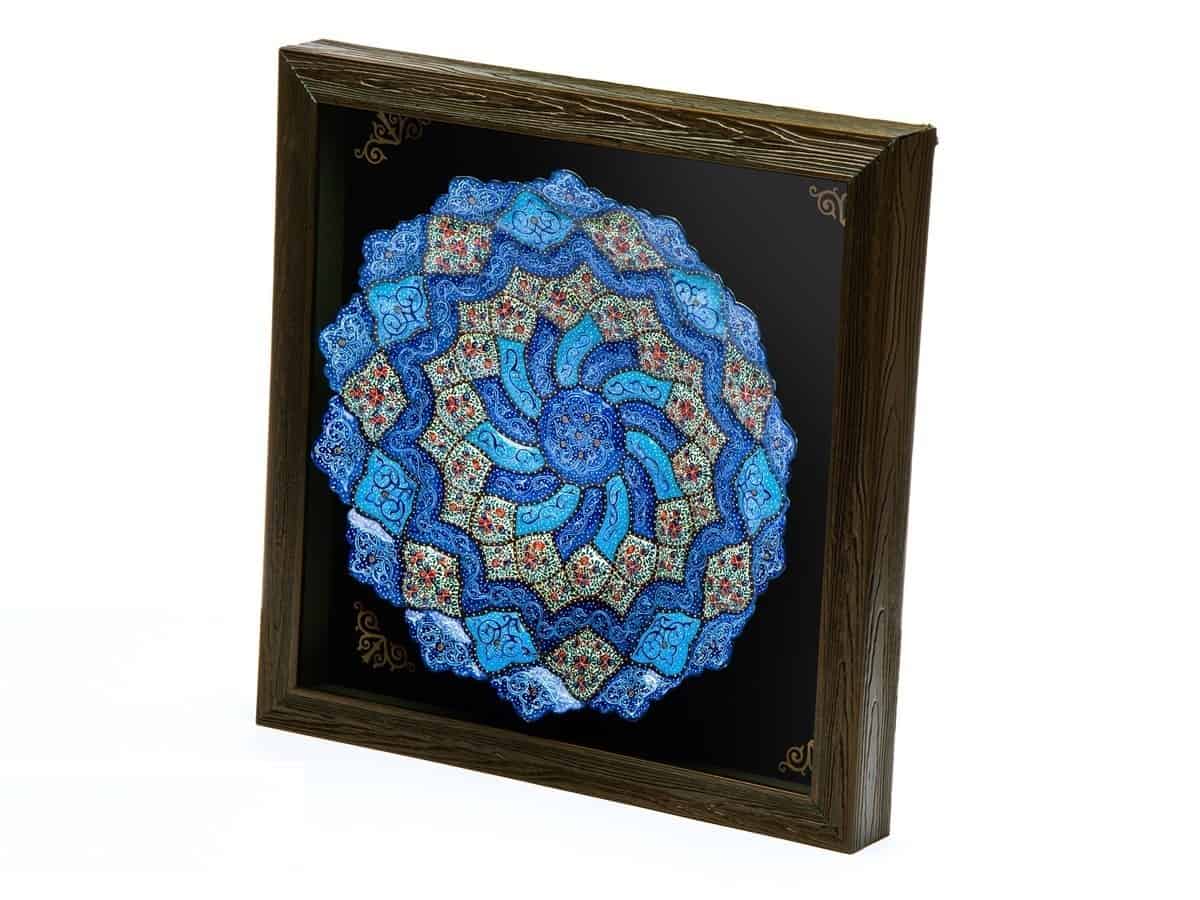
Iran is one of the main exporters of enamels and wood designs with a mosaic design, which makes the eye of every viewer disappear with its delicate art.
Due to the functional similarity with other handicrafts such as mosaic tiling, this method of handicrafts has created various reflections over time in the application and type of design.
Wooden arts are considered to be one of the most popular symbols of Iran's handcraft industries in global dimensions, with various effects and use in different works, so that it has a significant contribution in the country's export industry.
5. Ancient ornaments: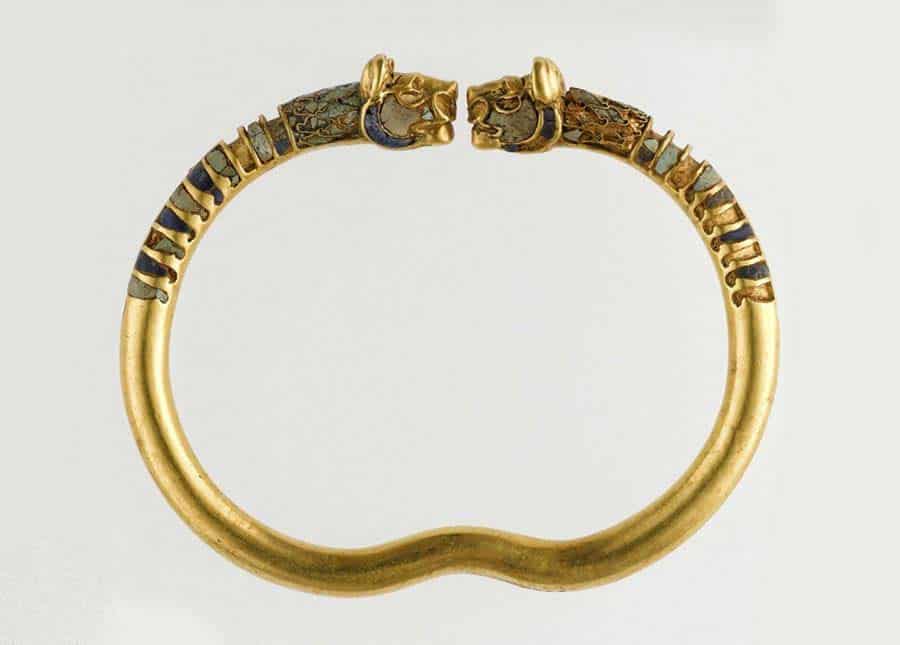
Expensive and of course very elegant and beautiful alloys have long been one of the favorite industries of Iranians and other countries.
In Iran, the western and southern cities, having different alloys of different materials such as gold, silver, turquoise, etc., began to produce and create all kinds of ornaments with diverse designs and styles and the style of their native culture and art.
These ornaments, which were used in the past ages in combination with local clothes, have played an important role in the customs and symbols of different Iranian tribes, and this tradition has created a culture based on this special type of clothing and distinguishing them from each other.
These ornaments and the way of designing and shaping these precious metals were noticed by different neighboring countries and other levels of the world, and in the past centuries it became a luxury and popular handicraft, and today people consider original designs a part of their identity. These relatives can find.
6. Crochet:

This art of crochet, which dates back to 550 BC, is considered one of the most famous works of Iranian embroidery.
This art is done with a very simple tool, which actually creates works of art on fabrics using silk threads and various colors, which are usually made of mahout material in its excellent quality. has been used.
This type of art has been used in various types of decoration such as dresses, skirts, curtains, etc.
Due to its age, this art has become one of the main pillars of Iranian handicrafts in the history of Iran and has introduced the world to this art through exports and has attracted a large audience.
7. Navy embroidery:
This industry dates back to the Parthian period, this type of art, which is considered one of the oldest types of textile art, has become the target audience of this art due to the history of Iran in handicraft industries in this field. The popularity of this art The art has progressed so much that during the Timurid period, the decorative curtains of the Kaaba were made using gold embroidery, which created very beautiful patterns and a unique effect in the Kaaba. Gold medals are usually made of precious metals. And they were made shiny like gold and silver, which in later ages to create a more general application among people, other alloy metals that existed at a lower price but with the same beauty, have been used in creating decorative patterns.
Iran, having a strong potential from the past centuries until today, is one of the largest and most famous exporters of industries decorated with this hand art, the art of gold embroidery.
